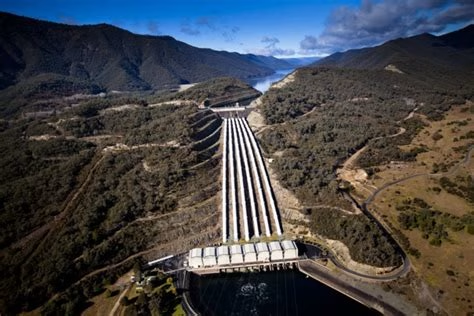Estonia’s state-owned utility Eesti Energia plans to develop a 225 MW pumped hydro energy storage facility in Ida-Virumaa, re-purposing infrastructure of a former oil-shale mine for connection to renewables. The project also aims to support Estonia’s transition toward energy independence as the country holds on to plans to join the Continental European grid and exit the Russian BRELL network. Once operational, the facility is expected to provide large-scale storage capacity needed for balancing intermittent wind and solar generation in the Baltic region. Similar projects are also taking shape in other environments, notably with U.S. startup Sizable deploying its offshore pumped-hydro storage technology in Reggio Calabria, Italy.
Factsheet for Estonia’s 225 MW Pumped Hydro Energy Storage Plant
Project name: Eesti Energia Pumped Hydro Energy Storage Plant
Capacity: 225 MW
Storage type: Pumped hydro off mine-based reservoirs
Developer: Eesti Energia
Location: Ida-Virumaa, northeastern Estonia
Technology: Use former oil-shale mine tunnels as lower reservoir and nearby tailings hill as upper reservoir
Estimated cost: Early design funded with €584,950 in state aid. EIA also supported.
Expected operation date: Targeted for 2026
Funding: Enterprise Estonia and KredEx Joint Fund
Project Timeline
August 2022: Eesti Energia announces initial concept for a 225 MW pumped hydro storage facility in Ida-Virumaa.
October 2022: Receives €585,000 from Enterprise Estonia and KredEx to fund design and environmental studies.
2023: Preliminary design and environmental impact assessment underway.
Early 2024: Initial target for final investment decision (FID).
2025-2026: Construction phase expected
2026 onward: Commercial operation and grid integration expected.

Plans Underway to Construct Estonia’s Pumped Hydro Energy Storage Plant
Reported August 13, 2022 – Plans to construct a 225MW pumped hydro energy storage plant in Estonia are underway. The plans are being drawn by the state-owned energy firm Eesti Energia. This project is also reportedly a part of a larger effort to break the country’s dependence on Russian energy.
The corporation has begun carrying out environmental impact analysis. Furthermore, preliminary design work for the improvements is ongoing and might be finished by 2025 or 2026. This suggests that it might be finished in time for the Baltic region’s planned 2026 connection of Estonia to the continental electrical grid and concomitant disengagement from the Russian energy grid.
The now-closed oil shale mine’s industrial area in the northeast county of Ida-Virumaa will house the pumped hydro energy storage facility.
Read Also: Construction to commence soon on New Bridgewater Bridge in Australia
Outlook on Estonia’s 225 MW Pumped Hydro Energy Storage Plant Using Mine-based Reservoirs
The technique might be imported into nations whose land relief makes conventional pumped hydro energy storage challenging. Eesti Energia also claims it is not aware of abandoned mines being used as reservoirs for pumped hydro anywhere else. The upper reservoir will be constructed on a tailings dam, an earth-fill embankment used to hold mining waste. Additionally, the bottom reservoir will be the subterranean workings of the closed mine.
With the Harmony Link project, a link between Poland and Lithuania, the Baltic republics also hope to detach from Russia’s electrical grid and synchronize with that of continental Europe. As part of this initiative, Lithuania is also working on sizable energy storage projects. Specifically, it is constructing a 200MW, one-hour battery energy storage system (BESS) from Fluence. Poland, meantime, is constructing a 200MW/820MWh BESS that will help with the intended synchronization of the areas. This is according to the state-owned firm in charge of the project.
Looking elsewhere, a few significant, large-scale projects have lately been put into operation in the pumped hydro energy storage sector. Despite being few in number when compared to BESS units, each project has a significant impact on the nearby grid due to its scale.

Leave a Reply